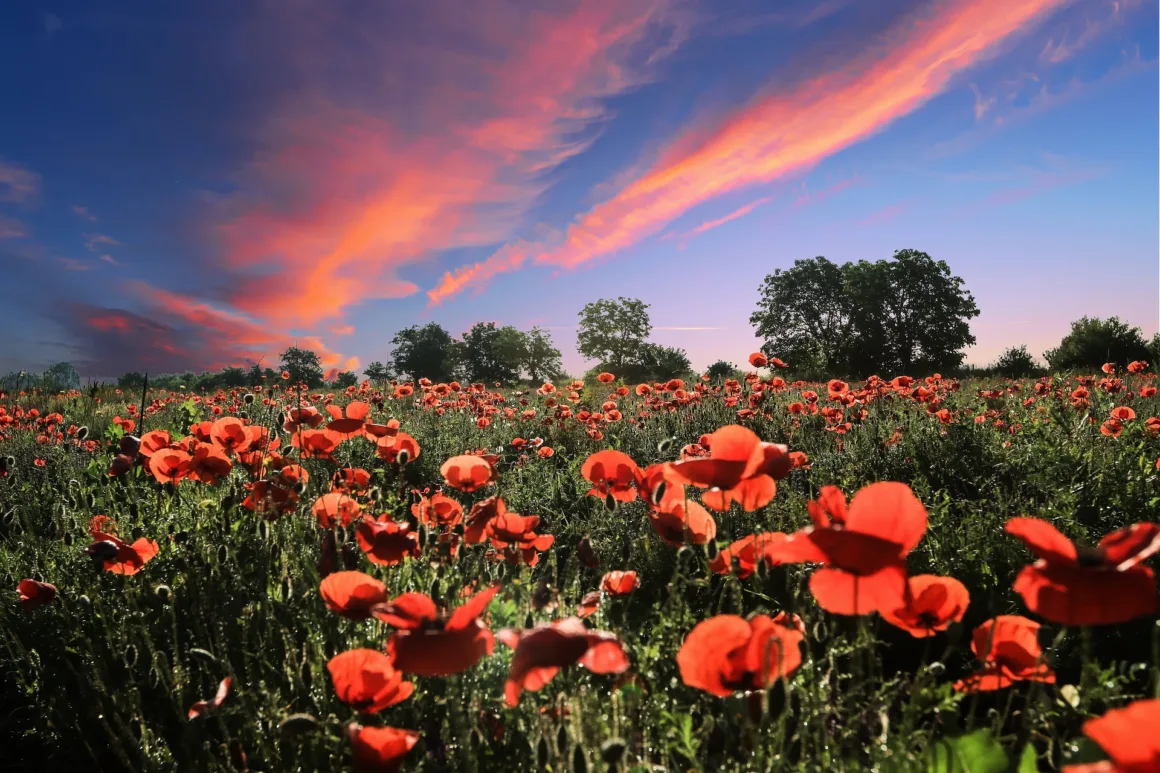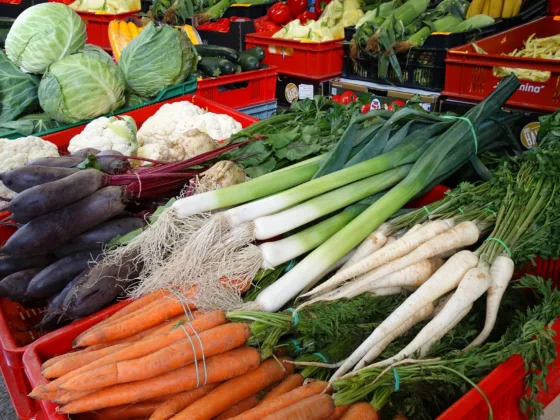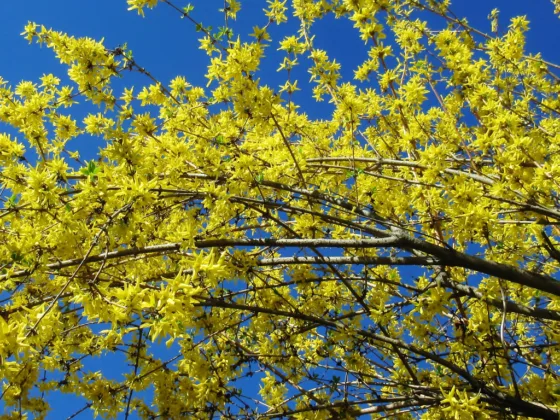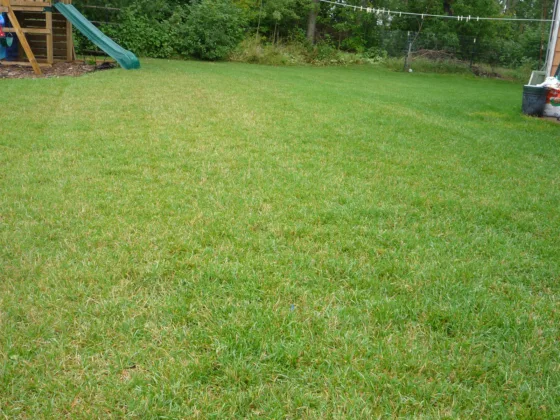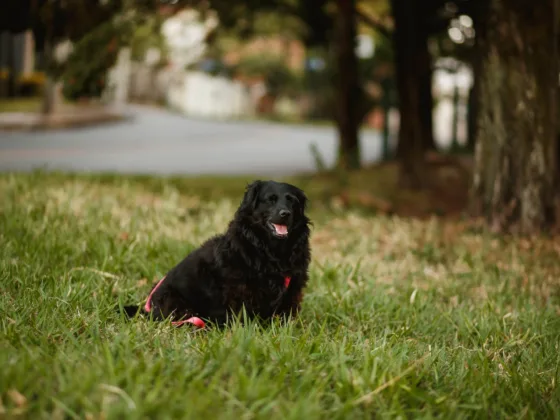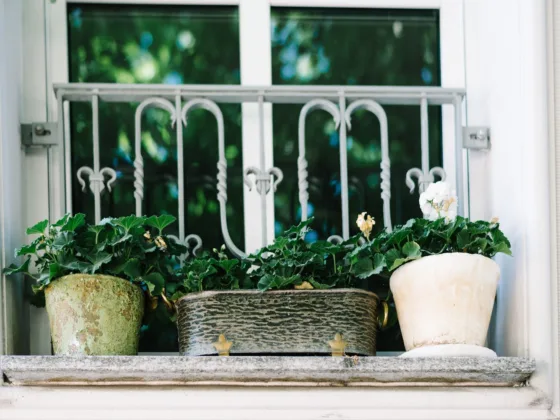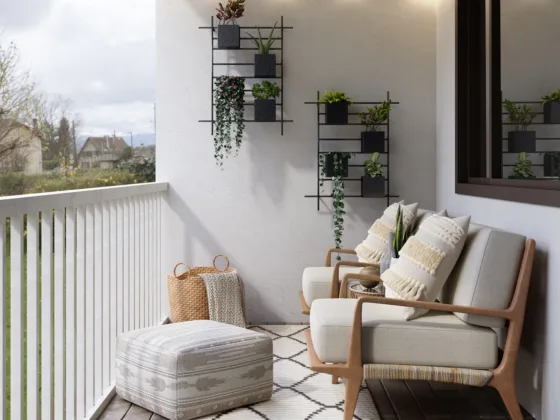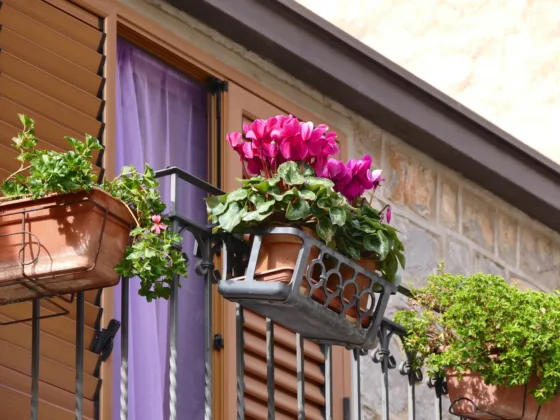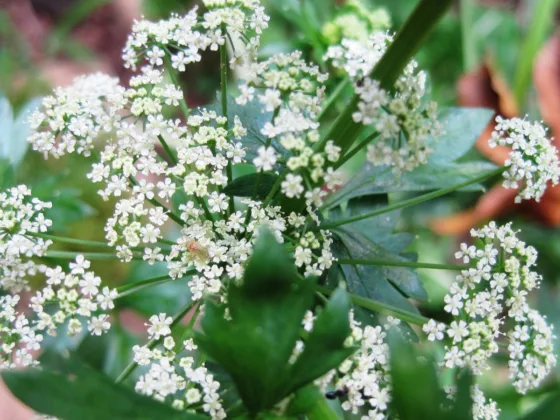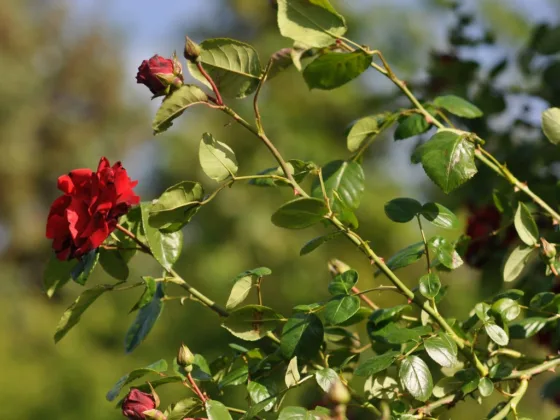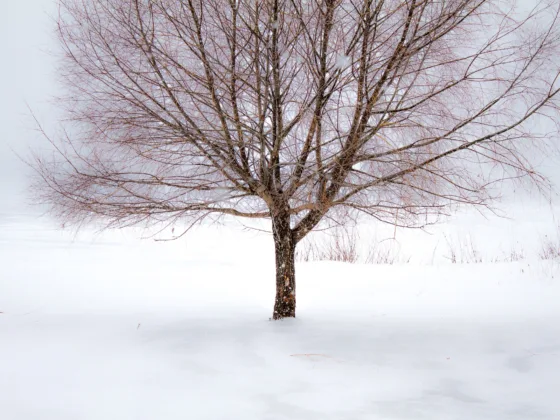Table of Contents Show
Once again we find ourselves in the throes of November, the most non-descript of months from a landscape perspective. Of all the twelve months of the year, November suffers the most from an identity crisis.
The fabulous colors of autumn have come and gone, the veggies have been harvested and put by the for the season, and winter has been poking its nose around the corner, but not quite leaving its calling card on our yards and gardens just yet. Alas, November, is a month where color has for the most part gone missing and interest is hard to come by.
Likewise, our interest in our yards and gardens seems to fade as well, as we resign ourselves to the end of the gardening season and the arrival of winter.
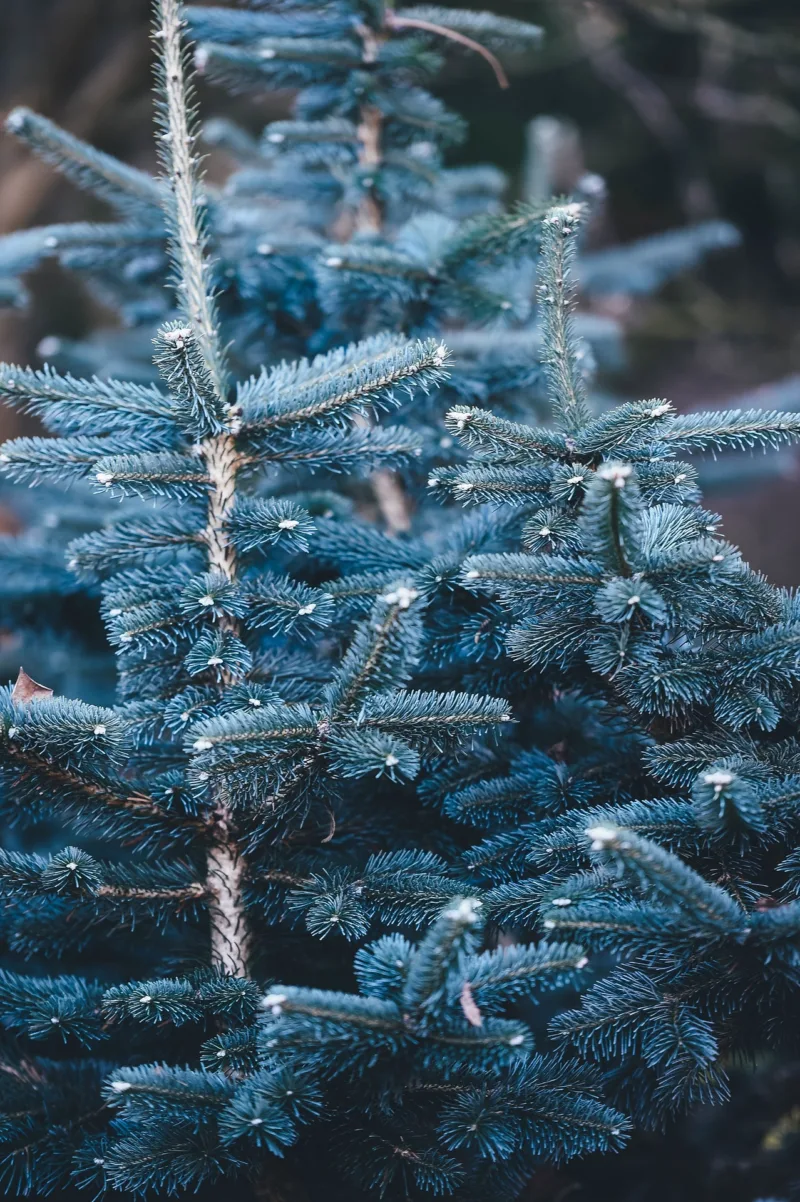
But does it have to be this way? Are we stuck with a month in limbo, or can we rekindle interest in our November yards and gardens? We’ve promised that will be able to deliver four full seasons of interest in their yards, so shouldn’t November be included in there somewhere?
The good news is yes, it is possible to bring interest into northern landscapes in November.
The key is to understand how November fits into the progression of the seasons, and to discover interest in more subtle aspects, both as the designer of our yards and gardens, as well as the one who seeks to enjoy them twelve months of the year.
So let’s start by examining the month of November itself with a critical eye.
Getting To Know November
November is characterized by two distinct phases over most of the North; a period where the autumn leaves have fallen and most trees and shrubs are now stark leafless gray and brown, and the arrival of the pure white first snows of the winter, the kind that accumulates on everything and dusts the ground and the gardens, but likely won’t stay for the winter.
A few of the coldest locations will occasionally get staying snow in November, while some of the warmer regions will not see any flakes falling until December, but generally, most will experience some blend of the two conditions.
What we now do is let these become the two canvases upon which we will design landscapes that generate interest.
So, our challenge is to pick up the dull colorlessness of the post-fall pre-snow days and to use the first snows to our advantage.
Of course, many of the basic winter landscape design rules make a great deal of sense in November.
The two that stand out are the showy fruits and the colorful or interesting bark of a number of trees and shrubs. For the most part, these staples of winter interest are absolutely applicable in November.
But I’m not going to talk about them in this article for two reasons; first, if you design well for winter, they will inherently enhance the November landscape.
More importantly, though, is that I don’t want to pass over certain subtle landscape characteristics that are truly unique to November and which will lose their impact over winter.
In creating a dynamic and vibrant landscape that generates interest through constant change over the seasons, it would be foolish to overlook the strengths of any month, no matter how fleeting, and yes, it is true that November actually does have its strengths! They may be short-lived, but this in fact becomes their power as we savor the special moments they give us.
And with that introduction, here are a few suggestions for landscape enhancements that take advantage of the elements that are in transition over November;
1. Integrate Frost-resistant Perennials Which Bloom Until Snow Into Your Gardens
It will probably surprise most northern homeowners who aren’t avid gardeners to learn just how late in the year some of our hardy perennials will bloom.
A few notables will continue actively blooming until snowfall, with the flowers able to withstand night temperatures as low as -8°C (18°F).
Since most regions of the North still experience numerous days where temperatures climb above the freezing point for prolonged periods, these plants have a chance to continue their growth and keep on looking happy and healthy, as long as they don’t succumb to the bitterly cold nights.
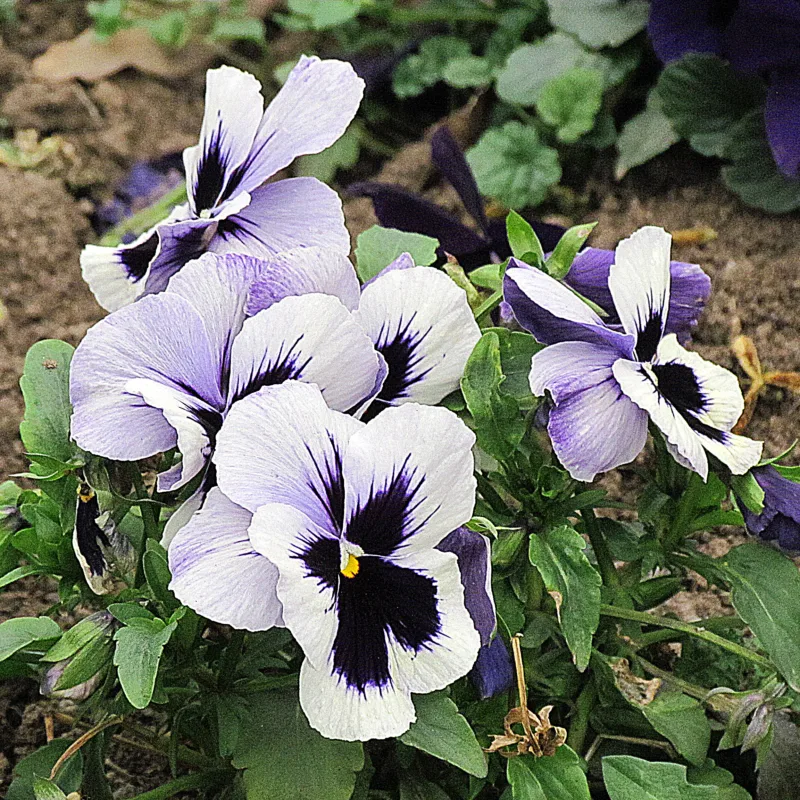
A couple of these “endurance” perennials really need to be brought to the attention of northern gardeners looking for some November color.
Most northern gardeners know that the colorful flowers of Autumn Joy sedum (Sedum ‘Autumn Joy’) last well into winter, but the pansy (Viola spp.) is a hidden gem that doesn’t know when to stop.
Contrary to their reputation, pansies are impressively tough, and the flowers will withstand amazingly cold temperatures without visible damage. It’s funny how most gardeners don’t consider them to be November bloomers, but they are!
Most pansies are biennials and flower both in late summer and in spring before dying in the second year, a trait that astute northern garden artisans can use to their advantage.
In fact, many newer varieties have been bred specifically for their habit of flowering in late summer and fall, only to rebloom once again the following spring as the snow is melting, becoming one of the very first of all flowers to bring color into the landscape.
However, I’ve found that many varieties will perform in this manner, even if left to self-seed!
And that’s in fact how I would recommend using them, in a sunny garden that gets good snow cover over the winter.
Start your November garden off with a few named varieties such as the ‘Bingo’ series and then let them self-seed until you have a cacophony of colors and styles proliferating.
In time you’ll find them flowering right into the snowfall, once again resuming their flowering as soon as the snow has melted.
Sure, it will look a little wild, but you’ll definitely have the neighbors asking what kind of magic secrets you know that get your flowers to bloom in November!
When it comes to late fall, I just can’t stop singing the praises of the hardy garden mums (Chrysanthemum x morifolium cv.), as you’ve probably seen from previous articles.
They continue flowering long after the other perennials have packed it up for the season, and the flowers are amazingly resistant to frosts and very cold temperatures.
There are numerous colors from which to choose, and flower styles as well.
Many varieties will continue to flower right until there are no more growing days left in the year. And even when the approaching winter’s cold finally does take its toll on the flowers of chrysanthemums, they still carry the dead flowerheads well, even though they eventually turn brown.
When the first flakes of winter fall, they are delicately held on the flowerheads like little cream puffs, one last hurrah before the flowers succumb to winter once and for all.
2. Select Trees and Shrubs Which Color Late and Hold Their Leaves
Connoisseurs of trees and shrubs know that while autumn may be the general time of year when the leaves drop from the trees as they go dormant for the winter, it certainly doesn’t happen all at once, or even over the span of just a few weeks.
Some trees such as the ash and many viburnum species start coloring in August, while others don’t achieve their best fall color until November.
Furthermore, some deciduous trees and shrubs don’t lose their leaves at all in fall; they remain on the plants until spring, dead but definitely interesting.
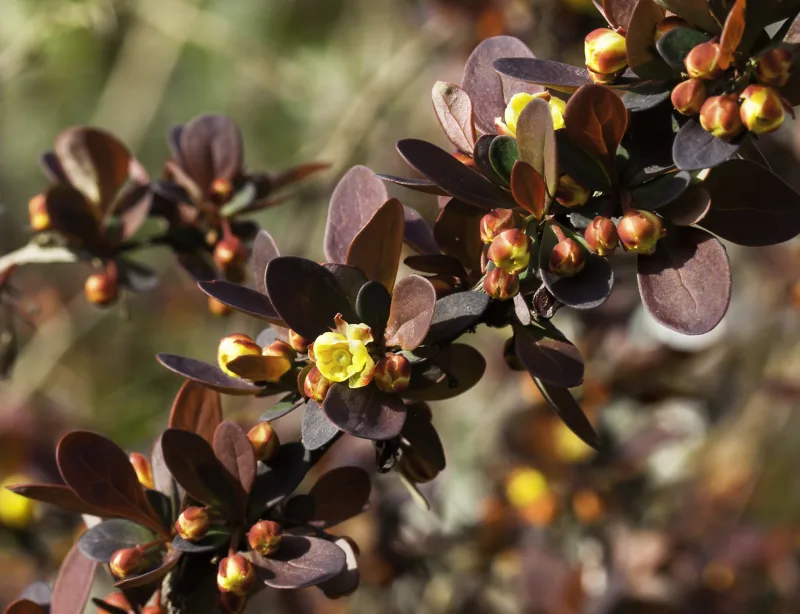
So make sure you have a few trees and shrubs that color late in the season and keep their color well into November, even in the coldest of the northern regions.
For trees, many of the oaks tend to color late and hold their color through until the nights get far below freezing. This is especially true of the “red oak group”, which includes red oak (Quercus rubra), pin oak (Quercus palustris), northern pin oak (Quercus ellipsoidalis), and scarlet oak (Quercus coccinea).
An added bonus with these plants is that they also tend to retain their leaves over the winter.
They may be brown, but they are unquestionably different from the rest of the bare trees! The same is true for the Russian olive (Eleagnus angustifolia).
Although it doesn’t color in fall, its silvery leaves retain their silver color and remain on the trees often into December before they finally fall. Frankly, you’d be hard-pressed to tell that they had even died!
When it comes to shrubs, a notable few reserve their best fall performances for the very end of the season. Japanese barberries (Berberis thunbergii cv.) are one such group, among the last of all shrubs to turn color.
And when they finally turn color, what a performance they put on; fiery scarlet, orange, red and purple. Likewise, the burning bushes (Euonymous alatus cv.) tend to color late and provide a stunning display of florescent reds and pinks.
And finally, although it may seem like an oxymoron, certain broadleaf evergreens turn color in fall, although the leaves don’t actually fall.
Some of the hardy rhododendrons, especially those from the PJM series (Rhododendron ‘P.J.M.’), can produce stunning fall colors in a distinctive “burnt purple” which is hard to describe but amazing to see.
They will hold these colors right into winter and beyond.
3. Use Trees and Shrubs Which Creatively Catch the First Snow
You know the first snowfall is coming, and if you live in the world, you’ll probably see the first flakes sometime in November.
Rather than fretting that the snow somehow portends the great end to the outdoor season, why not put it to active work in your landscape? The secret is to remember that interest can come with the change in your landscape, no matter how that change may come about.
So, any tree or shrub that carries the first snowfalls in a unique or interesting way leverages this change and integrates it into the ever-dynamic symphony of the seasons.
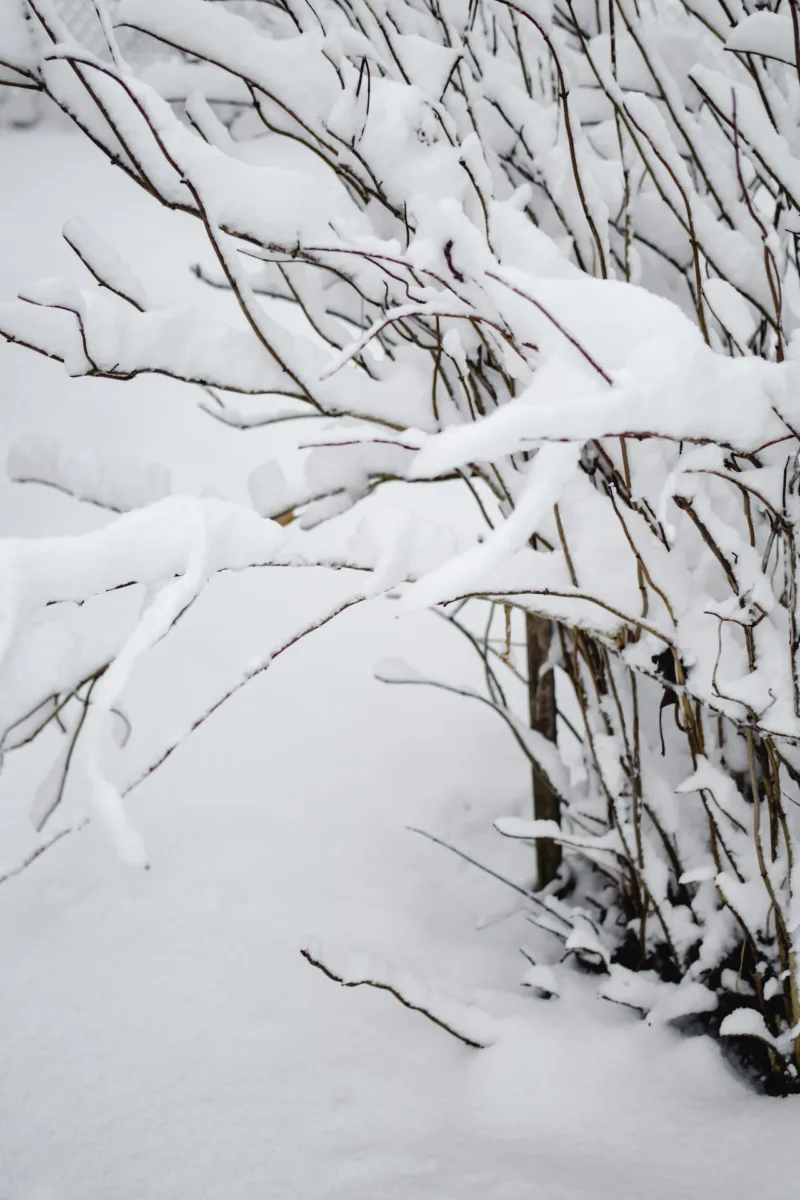
There are a number of such fine trees and shrubs to consider. A winged burning bush is one such shrub; the corky ridged wings along the branches naturally trap snow and hold it suspended in the air along the golden-brown branches, inviting closer inspection.
The bur oak (Quercus macrocarpa) is a tree that also has gnarled branches and corky bark which elegantly trap the early snows.
And then there are the contorted cultivars of certain species, whose gnarled and twisted branches demand notice both with the fresh snows and alone in their starkness.
Where hardy, bring one or more of the Corkscrew willow (Salix matsudana ‘tortuosa’), Harry Lauder’s Walking Stick (Corylus avellana ‘Contorta’), or the Twisted Baby dwarf locust (Robinia pseudoacacia ‘Twisted Baby’) into your landscape, all of which have curiously contorted twigs that will play with the fresh snow of early winter.
You can also use shrubs with horizontal branching habits to hold snow; these could include the pagoda dogwood (Cornus alternifolia), cockspur hawthorn (Crataegus crus-galli), and certain honeylocust cultivars (Gleditsia triacanthos cv.).
4. Use Ornamental Grasses Which Reach Their Prime After Autumn
A thorough discussion of ornamental grasses warrants an entire article to itself, and it will in fact get one shortly.
For now, however, let’s acknowledge that more than any other perennial, ornamental grasses save their outstanding performances for November.
It’s the time of year when they have fully realized their mature forms and carry their seed heads on full display.
Unlike deciduous trees and most perennials, grasses don’t lose their leaves or their form in early winter; although the foliage itself dies, the stems will usually fade to an interesting golden, reddish, or brown color and the plants will retain their shape until the heaviest snows of the dead of winter finally bring their structures down.
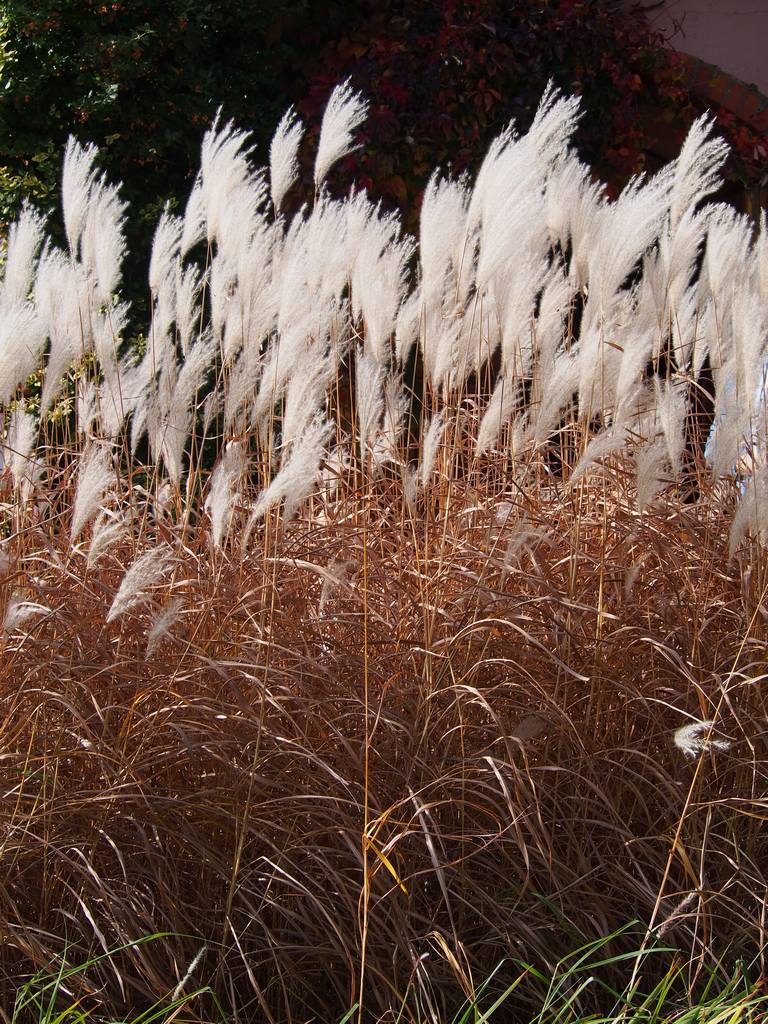
There are so many varieties to choose from, it can actually become confusing.
Let me simplify it by reducing the November grasses to three critical landscape attributes; mature height, stem color, and seed heads.
Generally, the taller the plant, the greater the impact it will have on the overall composition and the longer it will play a role as the snows begin to pile up, although the harder it will be to fit into the home-scale landscape.
Stem colors can range from gold to soft yellow to brown, purple, and harvest red, with many holding their coloration until spring.
And the seed heads often add the greatest interest, like nature’s flags flying high above the solemn November landscape, a solo act now that the leaves have fallen from the trees.
Some notable varieties to consider for November interest include Karl Foerster feather reed grass (Calamagrostis x acutiflora ‘Karl Foerster’) with its rigidly upright habit and showy seed heads; the numerous varieties of miscanthus (Miscanthus sinensis cv.), some of which can be five or six feet tall and have very prominent seed heads that wave in the wind; moor grass (Molinia caerulea cv.) with its much daintier stems; and the ever-reliable switch grass (Panicum virgatum cv.) with its reddish seed heads and airy habit.
Some of these ornamental grasses will continue to deliver standout performances right through the winter, especially in regions where heavy wet snows or crushing blizzards don’t take their toll.
But even if their contribution is limited to November and the early part of December, they will have brought interest into the most challenging period of the year, and thus warrant consideration in any landscape.
5. Use Blended Gardens Combining Evergreens Which Change Their Color in Fall With Those That Don’t
The greatest generator of interest in a landscape is change, and you’d be surprised how many ways there are to deliver change.
We are often fooled by the term “evergreen” when speaking of plants because it is in fact a misnomer; all evergreens eventually cycle and lose their foliage, and it does not remain forever green.
In fact, many of our more common evergreens undergo marked changes in foliage color over the seasons.
We are most familiar with the stunning emergent foliage of many a golden juniper or blue spruce, but what about the color changes that take place in fall?
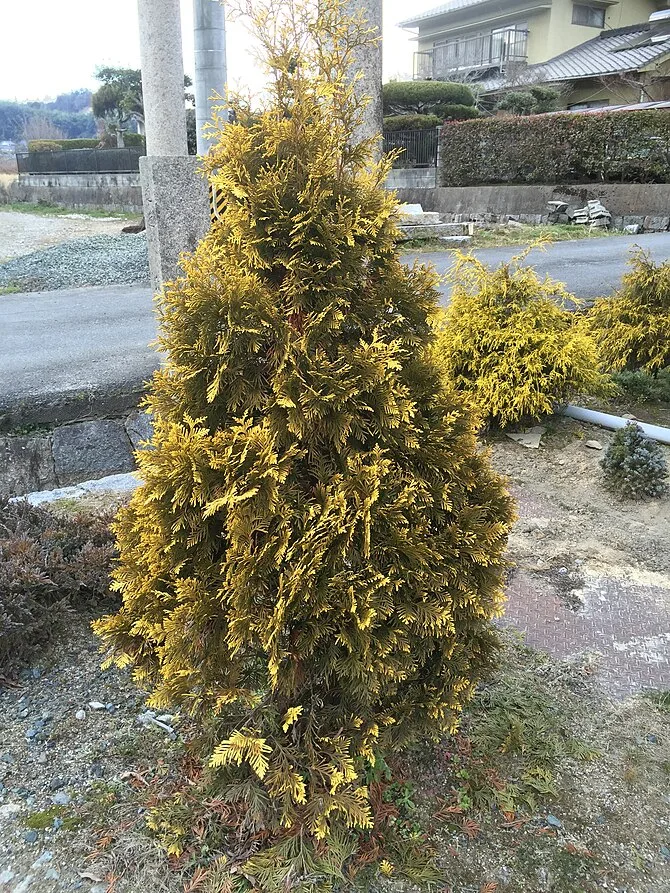
Many so-called evergreens change to pleasing winter colors over November. Among them are many varieties of creeping juniper such as Prince Of Wales (Juniperus horizontalis ‘Prince Of Wales’), most of which will turn a deep plum purple.
Some of the bluer cultivars of juniper like Blue Chip (Juniperus horizontalis ‘Blue Chip’) or Blue Star (Juniperus squamata ‘Blue Star’) develop a pinkish or purplish cast which complements the blue quite well.
Some upright silver junipers like Skyrocket (Juniperus scopulorum ‘Skyrocket’) turn steely blue while others like Wichita Blue (Juniperus scopulorum ‘Wichita Blue’) turn a softer silver, and some white cedar (arborvitae) cultivars like Sunkist (Thuja occidentalis ‘Sunkist’) and Yellow Ribbon (Thuja occidentalis ‘Yellow Ribbon’) will turn coppery or bronze.
In fact, some varieties of Atlantic redcedar like Heatherbun (Chamaecyparis thyoides ‘Heatherbun’) and Red Star (Chamaecyparis thyoides ‘Red Star’) were actually selected for the rich rusty red color they acquire in November and retain through the winter.
The best way to use these is to juxtapose them against evergreens which don’t change their color, remaining either true green like nest spruce (Picea abies ‘Nidiformis’) or Techny cedar (Thuja occidentalis ‘Techny’), blue like Hoopsii Colorado spruce (Picea pungens ‘Hoopsii’), silver like Medora juniper (Juniperus scopulorum ‘Medora’) or gold like Gold Lace Pfitzer juniper (Juiperus x media ‘Gold Lace’).
These will act as a backdrop, enhancing the contrast of the color changes and making them all the more prominent.
It is important for the landscape designer to examine each species critically because not all fall and winter color changes are favorable.
For example, most generic blue spruce (Picea pungens var. glauca) trees tend to lose their blue coloration as winter progresses and snows and wind etch the glaucous coating from the needles; the result is a dull gray that can actually look quite depressing.
Another example is many pine trees, particularly jack pine (Pinus banksiana) and Scotch pine (Pinus sylvestris), which can turn a sickly brownish yellow for the winter, making them look unhealthy.
They are in fact still in perfect health, but when it comes to design, perception is everything. Likewise, many varieties of white cedar (Thuja occidentalis) also turn yellow or sickly brown. So introduce the color changes carefully.
Bottom Line
And so there you have some suggestions for creating interest in the November landscape. Sure, these techniques might not stack up against the spectacle of a flowering crab apple in spring or a fiery red maple in fall. However, they will subtly keep your landscapes dynamic and ever-changing as fall turns to winter and snow becomes the dominant element in our yards and gardens.
We should also learn to look a little closer to find the hallmarks of the November landscape because they really are there to be discovered and treasured.
Don’t stop strolling out through your gardens and yards until the coldest winds howl and the snows wrap up the season’s performance for good; you might be pleasantly rewarded with what you find, and it will make the journey to next spring seem all the more pleasant!
